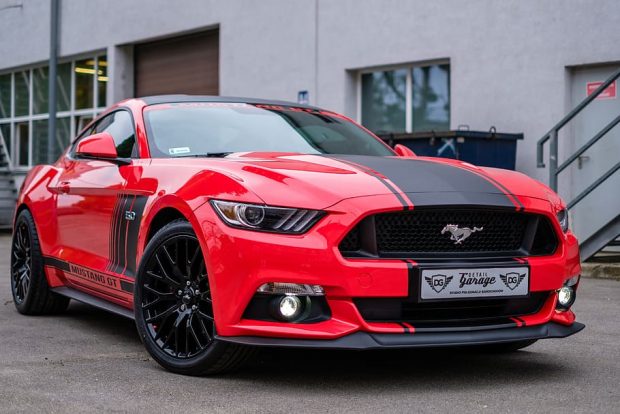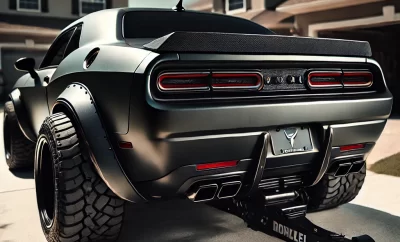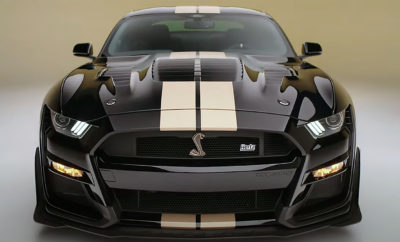Best Muscle Cars
Could the Ford Ecoboost Turbo Beat the Original Mustang GT in a Race

The Ford Mustang has been called the ultimate muscle car. Indeed this Pony has always had a reputation for being fast and sporty. However, Ford keeps changing the Mustang, and muscle car enthusiasts may wonder if the changes are worth it.
One of the more revolutionary differences between then and now is the Ford EcoBoost engine. Let’s take a look at how these turbo fours compare to the original. And, in doing that, how it compares to its rivals.
If you are wondering, why does it matter, consider this point. The Ford Mustang EcoBoost is the most affordable in the line-up. So it ought to be able to compete seriously against its rivals. If it can’t, then why is this muscle car on the market?
How a Four-Cylinder Engine Stands Up to the Original V8
What can compare to the original 1965 Mustang GT? This ride packed a 260-cubic-inch V8 under the hood. We would call that a 4.3-liter engine. This was a serious contender, and it generated 164 horsepower. Needless to say, many faster engines have come along since then.
The Ford Ecoboost Turbo generates 310 horsepower. Compared to the 1965 Mustang GT, it creates 146 more horses under the hood, and it does it with four fewer cylinders. That’s some serious engineering to do so much with so much less. Yet here’s this four-cylinder engine changing the equation and upping the ante.
The Other Parts of the Equation
Of course, part of the newer Ford Mustang’s speed comes from its design. The manufacturer is using lighter-weight engines and lightweight body parts. This shifts the power-to-weight ratio even further in favor of the Ford Mustang Ecoboost.
Furthermore, the old transmissions were purely mechanical. They offered some thrilling maneuvers, but they lacked the ability to adjust to conditions. The current transmissions, whether automatic or manual, are made to be more precise.
The Mustang has a ten-speed automatic. More gears give it a much more RPM range to draw from. You may notice it most at low speeds when you are taking off, but it’s at work throughout the range. The seven-speed Tremec manual transmission is sophisticated as well, changing its response to match the driver’s style.
Where the Rubber Hits the Road
Of course, any modern Muscle Car can beat the fastest ones from the 1960s. So what it comes down to is, can Ford’s four-cylinder engine compete against the current crop? The car runs the 0-60 mph sprint in 5.3 seconds.
Furthermore, it has five horsepower more than the Dodge Challenger. Plus the Mustang is lighter than its Dodge rival. It generates about 35 horsepower more than the entry-level Chevy Camaro.
Furthermore, the Mustang turbo generates 350 pound-feet. That beats both rivals as well. A high-performance package actually boosts the four-cylinder turbo, allowing it to generate 330 horsepower.
Of course, there will be Muscle Car enthusiasts who simply won’t drive anything but a V8. Ford has them covered with a 460-horsepower GT and 480-horsepower Mach 1. Then there’s the supercharged V8 Mustang that generates 760 horsepower.
As Muscle Cars go, the Ford Mustang Ecoboost seems as worthy of its place on the marquee as the V8s that came before it and that is being sold alongside it. That’s pretty good for a car that’s called “green”.









0 comments